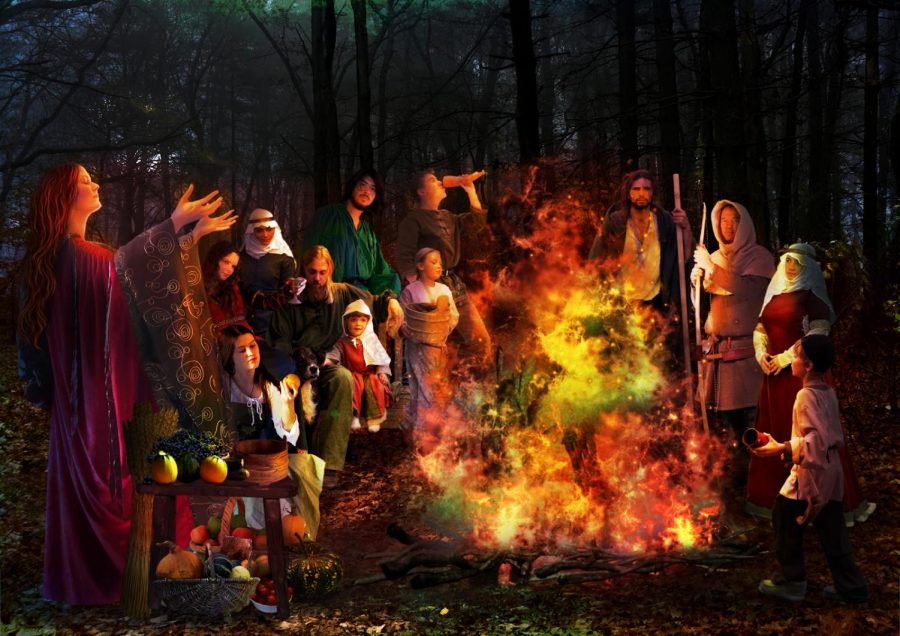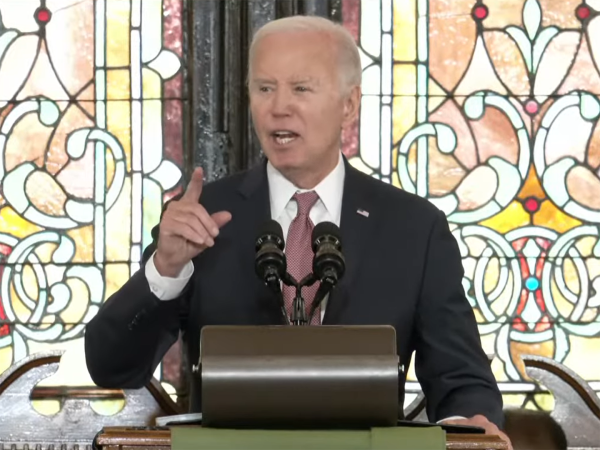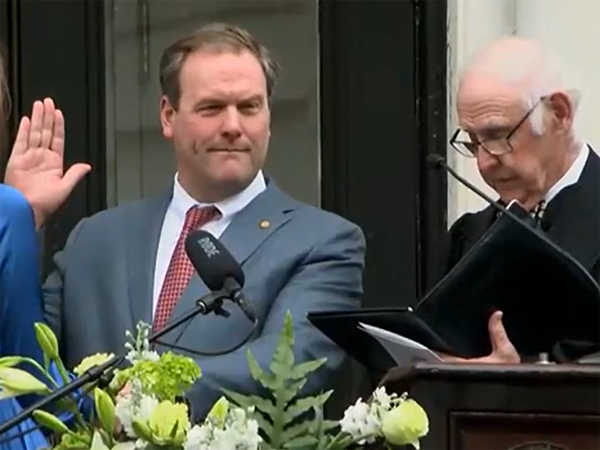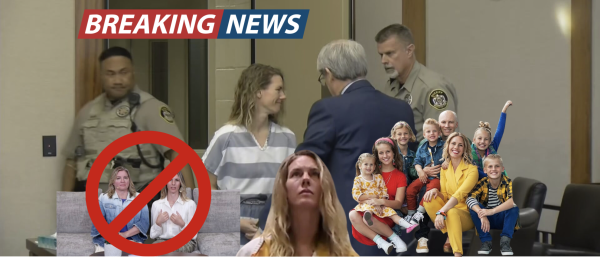The History of Halloween
Although the weather in Charleston doesn’t reflect the fall season quite yet, Halloween season is among us, friends! Whether your costume is a scary goblin or the Mean Girls cast, the spirit of Halloween has the same spooky roots.
The first evidence of costume-wearing in the fall time originated with the Celtic festival of Samhain, which means “summer’s end” in Gaelic, in the eighth century. During Samhain, dead spirits could communicate with the living while they crossed to the other world. The Celtic people believed that if they wore costumes, they would be able to ward off scary spirits and ghosts of the night. Later, Pope Gregory III created All Saints’ Day, which was a time to celebrate all spirits and souls who had passed away. All Saints’ Day was celebrated on November 1st, and the night before was called “All Hallow’s Eve.” Over time, “All Hallow’s Eve” became “Halloween,” and it became more worldly and family friendly, beginning the infamous tradition of trick-or-treating.
Many Halloween traditions have different origins and have evolved into the spirited games we play today. Bobbing for apples, a Halloween activity, comes from the legend that said that the first person to pick an apple from the water would get married first. The trick-or-treating that many individuals participate in today is just a more kid-friendly form of the pranks that people played in the early 1900s. As vandalism and pranks grew more dangerous and widely recognized, the trickery had to be transformed into visiting houses to collect candy instead.
Now, however, Halloween can be a time of excessively terrifying costumes and decorations, or it can be the perfect time to dress as your favorite pun. Whether you want to scare your friends or make them pity your halfway funny pun, Halloween is a time to celebrate past spirits and to express creativity.













